You can visit the Japanese archipelago a hundred times and still find something spectacular and unexpected in the sphere of traditional Japanese cuisine. With a great selection of high-quality fresh food presented in a colorful, enticingly balanced fashion, is strictly seasonal and local. But how to best approach this unlimited variety of the finest gastronomy? How to have the best dining experience ever? Here are some tips to help you get the most out of traditional Japanese cuisine.
You may see traditional entrances like this one with little to no signage or nameplates, and while it may take some courage to enter such establishments, it’s definitely worth a try. Having a bright sign or lantern out front basically means that the place is ready and open. Even before you slide open that unique door, you may be met with a friendly smile and the typical greeting irasshaimase (Welcome!), signifying the start of your dining journey. Don’t be afraid to follow your instincts—whenever you feel like, “Wow, this place looks interesting,” that’s a good sign that it’s the right place for you.
After you’re welcomed with a greeting of irasshaimase, you’ll be asked about the number of people in your party and whether you want to be seated at the counter, at a table or zashiki (a traditional low table on straw tatami mats). I definitely recommend counter seating if available as you’ll likely be able to witness all the amazing skills of the traditional kitchen and perhaps even have a little chat about the food, the preparation, the ambiance or interior decorations, or whatever else you might be interested in. If you don’t mind taking your shoes off, zashiki seating is also a great way to experience the wonders of Japanese dining culture. Many of the traditional restaurants are intimate and cozy, so the place may already be full when you arrive. So just look around, check out the menu, and if you like what you see, make a reservation to return later for a special experience.
After you take a seat, you’ll likely be presented with a scene just like in this photo. You may already know what an oshibori is—one of these moistened hand towels given to you upon arrival to wipe your hands or to signal a change of pace. The next question will almost certainly be “Onomimono wa?” (“Would you like something to drink?”) And while you may want to take a look at the menu, don’t be surprised if this is all you get.
There is a wide selection of soft drinks and alcoholic beverages, but they are all written in Japanese. Don’t worry! Just order what you want in English. Beer, wine, champagne, sake, highball, fruit juice…most of the drink names in Japanese sound very similar to English counterparts. You can even ask for your favorite tastes or flavors—something dry, sweet, fruity, and so on. These words are easily understandable here. I definitely recommend Japanese sake as it wonderfully compliments Japanese cuisine. In most traditional restaurants, sake brands range from the nationally known to local brews, often in varieties from sparkling to cloudy, aged and more. You may even be offered the opportunity to pick your favorite ochoko (small sake cup). While choosing a beautiful one, be sure to admire the different glasswork.
The next big step is to order your food. Many traditional restaurants don’t have English menus or picture menus, and in many cases have no menu list at all. Often the full courses are distinguished by quantity and price, or you can just say the miracle term omakase (chef’s choice), and be treated to the freshest and most delicious daily delicacies. Never hesitate to mention any ingredients you don’t like or are allergic to—even the most traditional restaurants are very accommodating. From here, all that’s left is to enjoy your dining adventure.
You might be surprised at the beautiful presentation, but there’s more than meets the eye—each dish often has a special meaning, as well. Here we have Hagi-dofu (tofu flavored with bush clover) served on lotus leaf. Hagi-dofu is inspired by the full moon and symbolizes the atmosphere of a Japanese autumn night. Lotus leaves are usually used in the summer season to give a sense of freshness and color harmony. It’s also nice to take a little time before you start to eat. The Japanese often say gokan de ajiwau (tasting with all five senses). Look at the dish carefully—how does it all look? How about the smell, when it gets closer to your nose? Then your first bite, how does it sound? Is the texture soft, warm, fresh, smooth or creamy? Finally, how about the actual taste? There are many ways to fully enjoy the dish. Most traditional restaurants serve vegetables, beans, seafood and rice separately or in the form of sushi. Sushi is always made with the freshest and most seasonal fish, but the varieties and flavors vary from restaurant to restaurant. You’ll want to be sure to enjoy the subtle differences.
- No need for a common language
Even if you don’t speak Japanese at all, or if the restaurant staff don’t understand English or your native language, it’s not a big deal. Japan is a country of omotenashi (hospitality) and even simple communication is welcomed with open arms.
- Make enough time to enjoy it
Some full courses might take 2-3 hours. Carefully observing and savoring each dish, perhaps paired with some good sake, will take time, but every moment is worth it.
In addition to the food itself, each plate, bowl and glass usually has a specific meaning, so you’ll want to carefully check the color, shape and design of each piece. Also be sure to look around you. The flower in the vase, the picture on the wall, the small garden next to the restaurant, all usually symbolize the beauty of the current season, the natural beauty of Japan.
- Be ready for nice surprises
Do you remember the oshibori hand towels we mentioned? You will get a refreshingly cool one in summer and a nice warm one in winter. The temperature of the welcome tea also changes throughout the year. And don’t forget to use the bathroom. It will almost certainly be a pleasant space that you just might not want to leave.
- Open your mind, open your heart
You might encounter some dishes that look very different from what you’re used to, and not everything may be to your liking. But give every dish a chance, and little by little, you’re sure to find new favorites! There is no doubt that Japanese food is one of the most diverse and interesting cuisines in the world, so just go and be adventurous—you’re sure to have some unforgettable dining experiences encapsulating the Japanese spirit.
Mata oaishimasho! (See you again!)


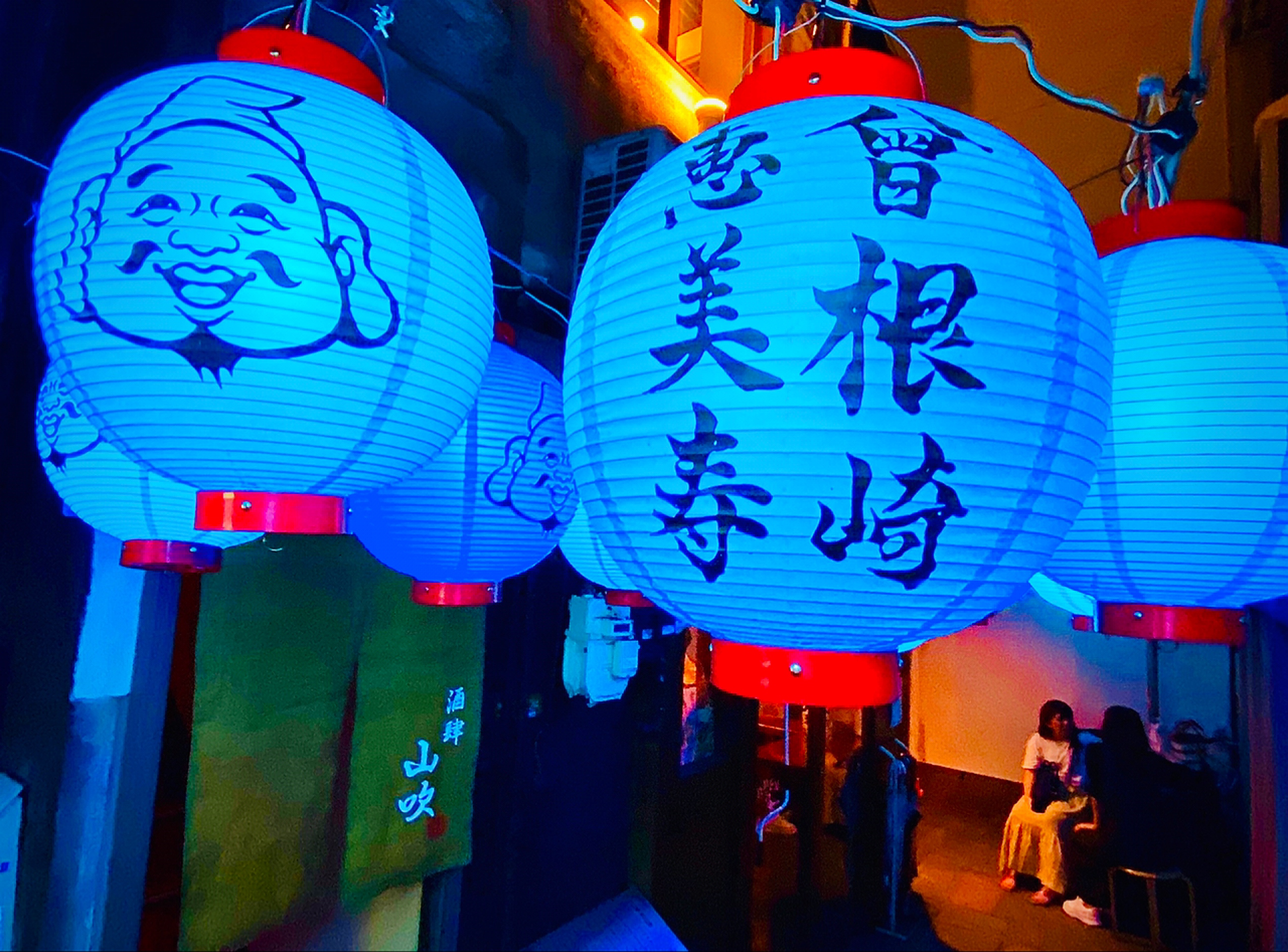
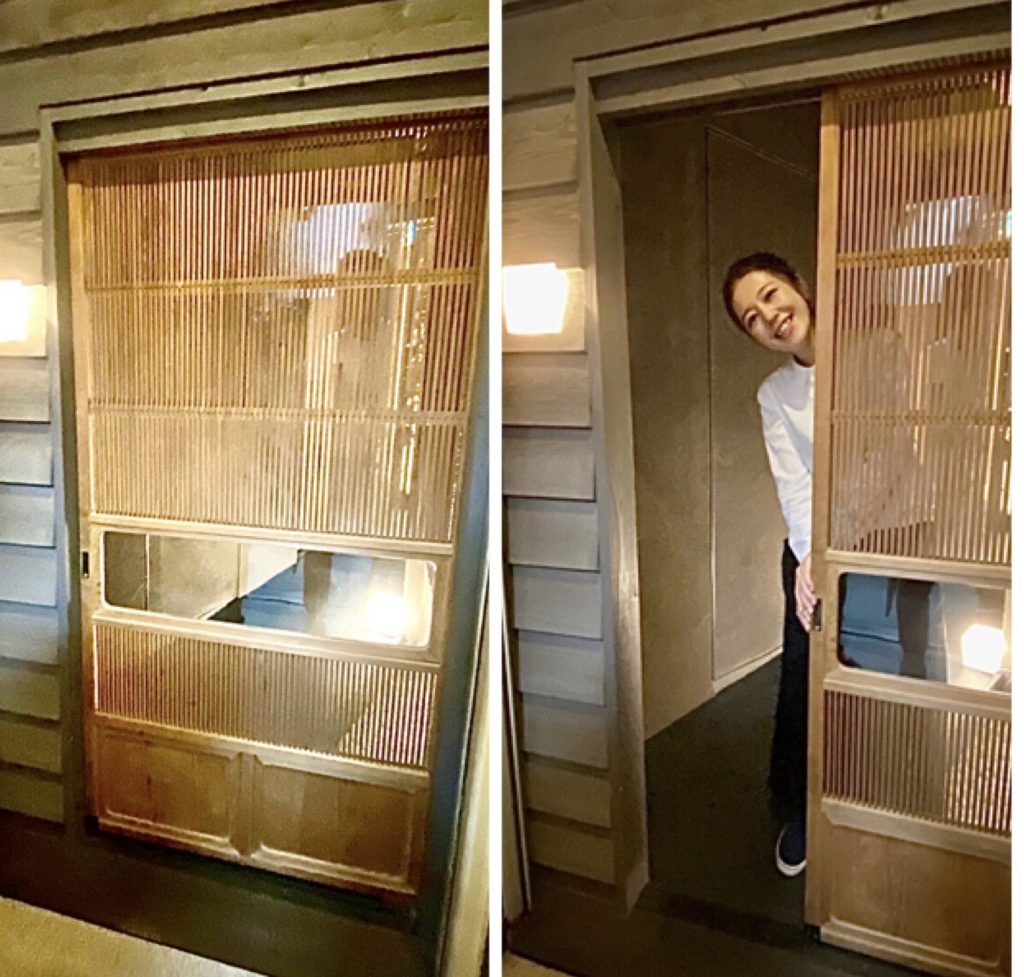
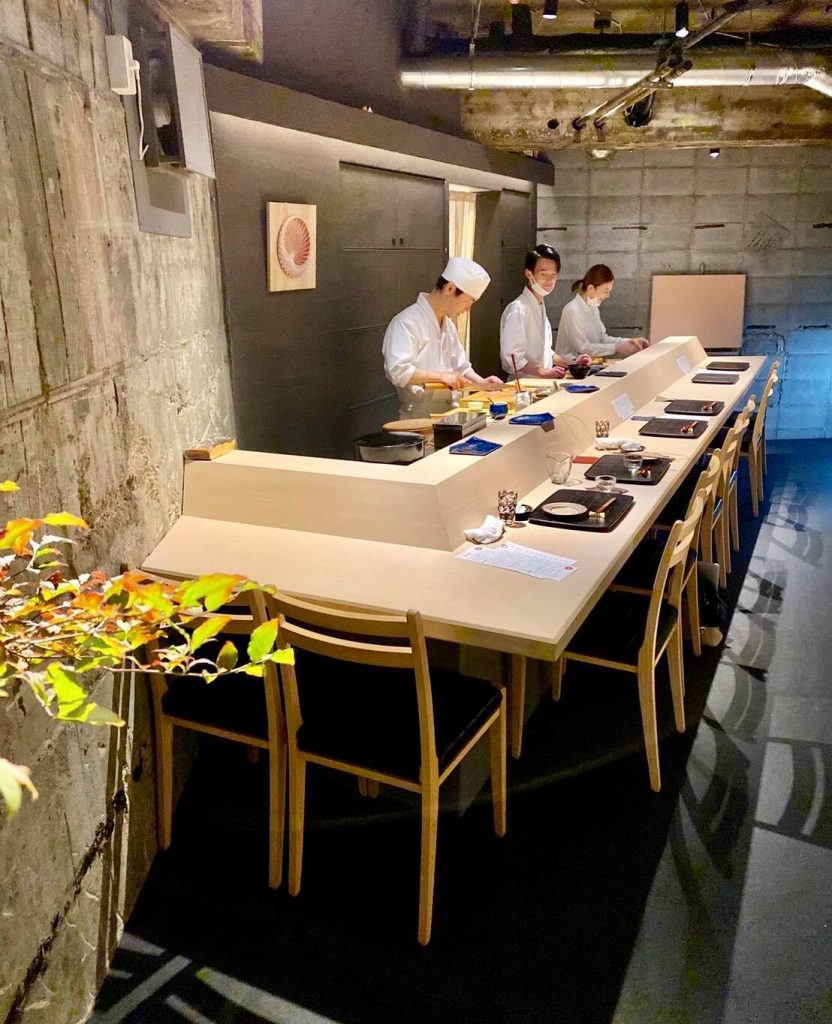
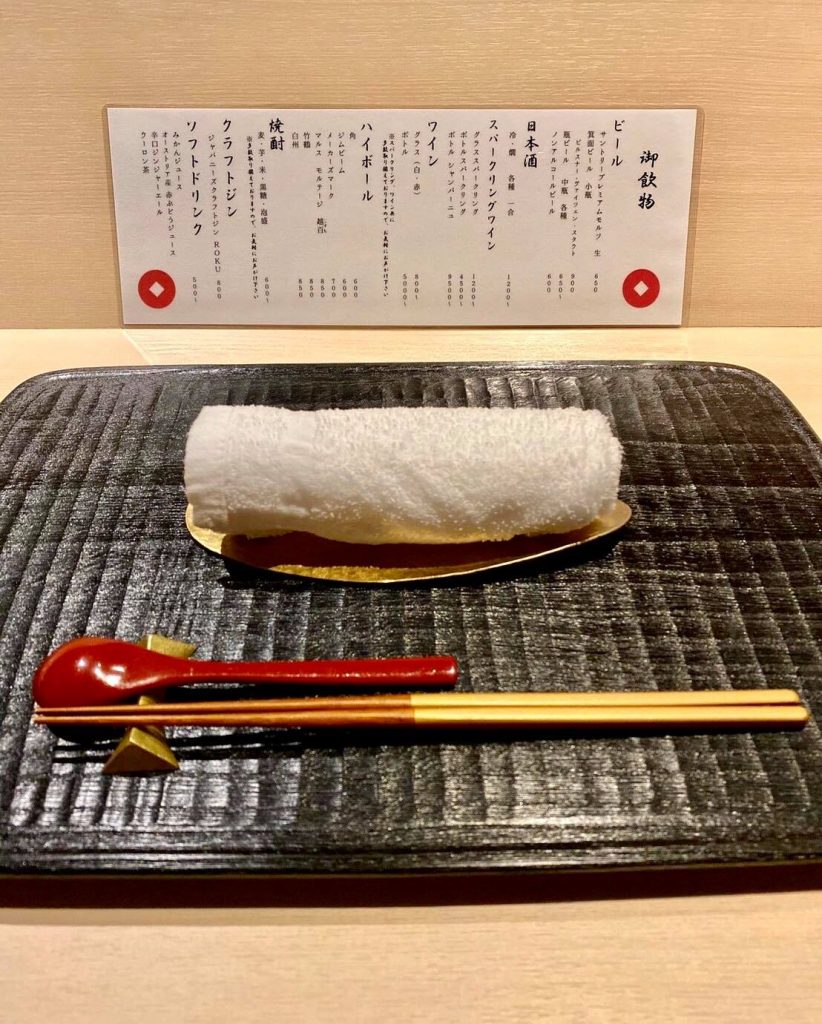
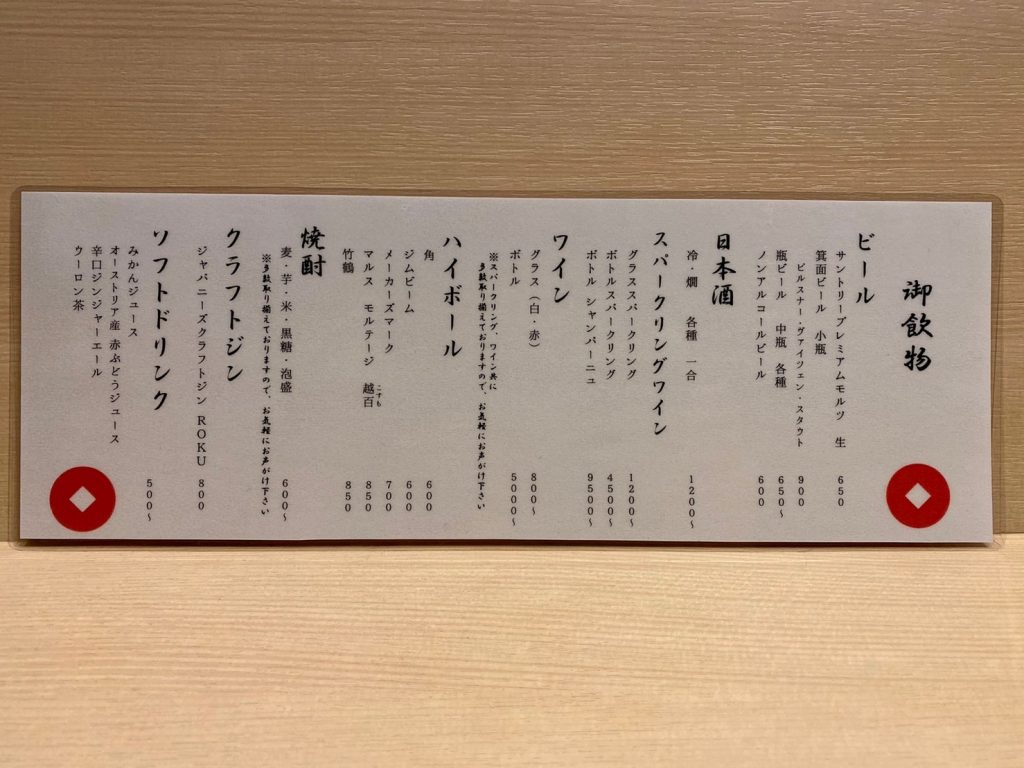
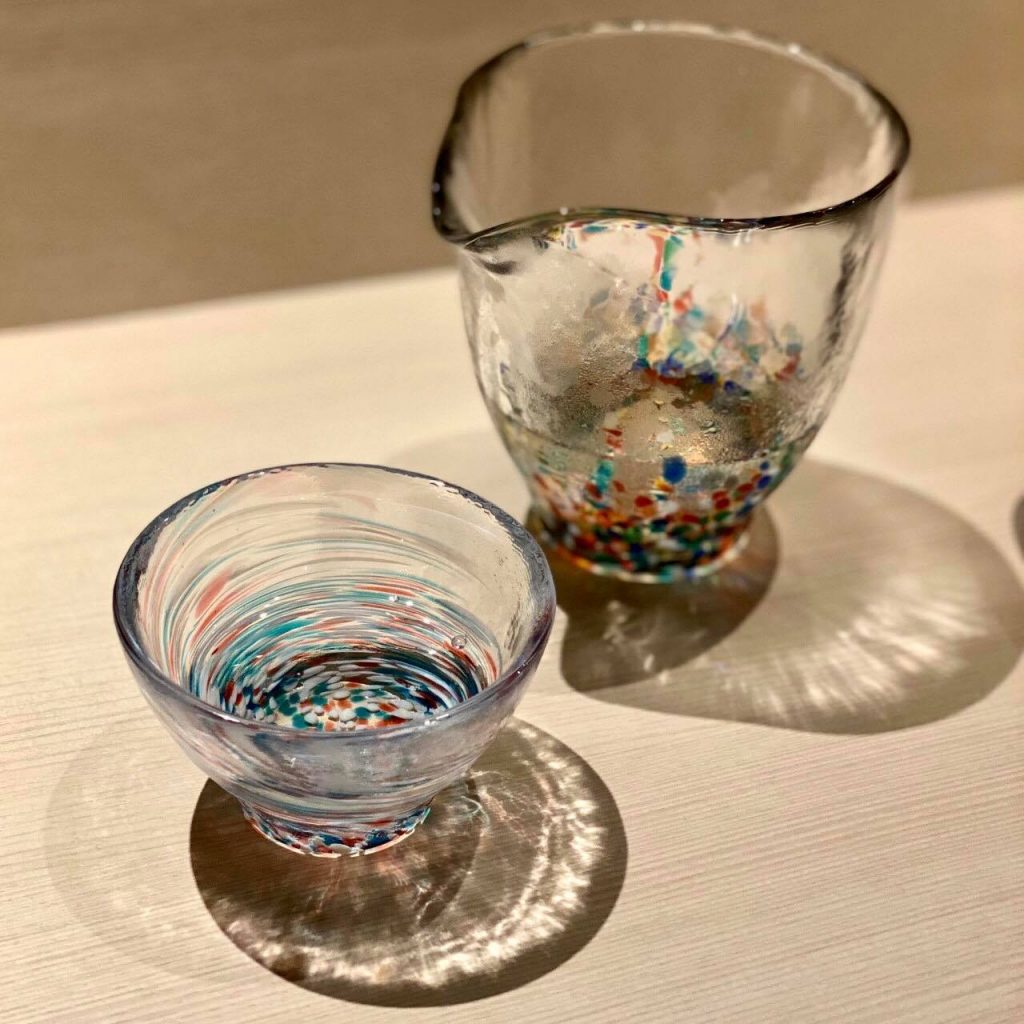
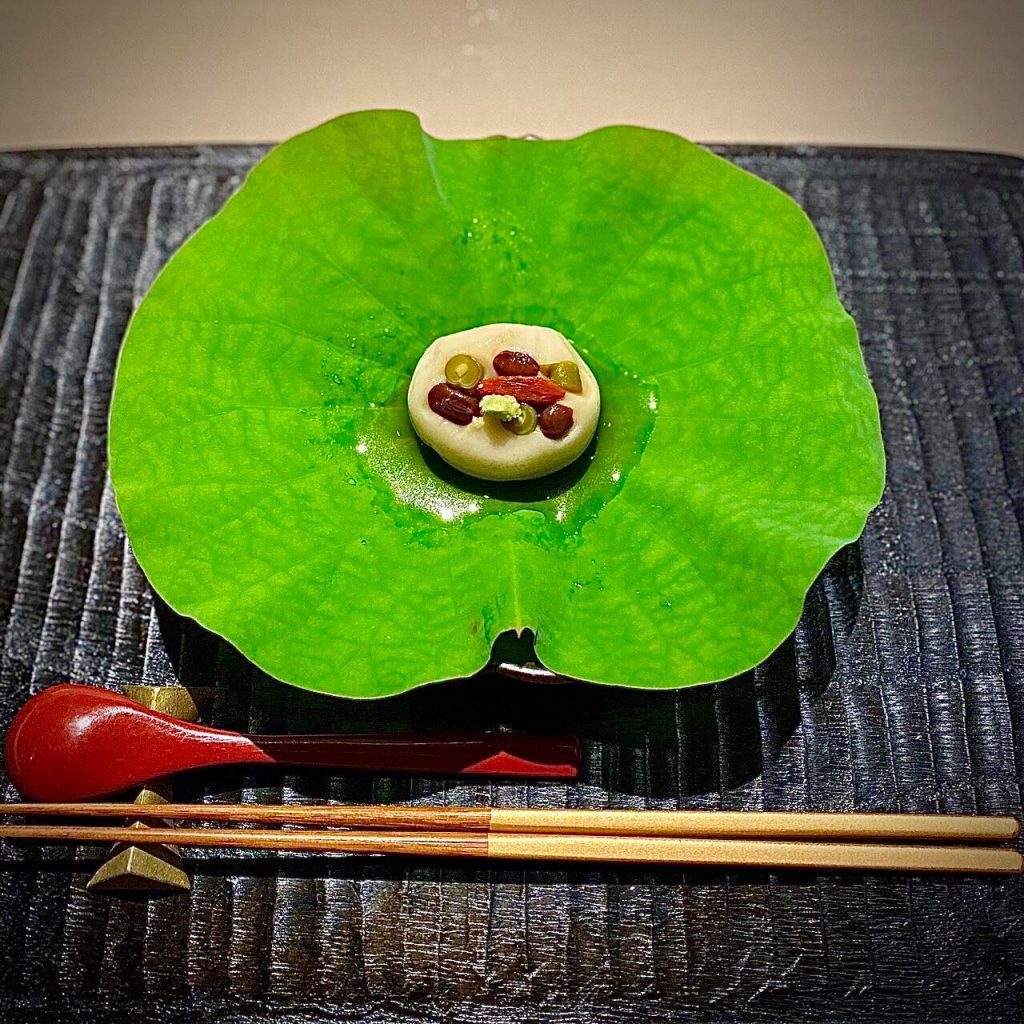
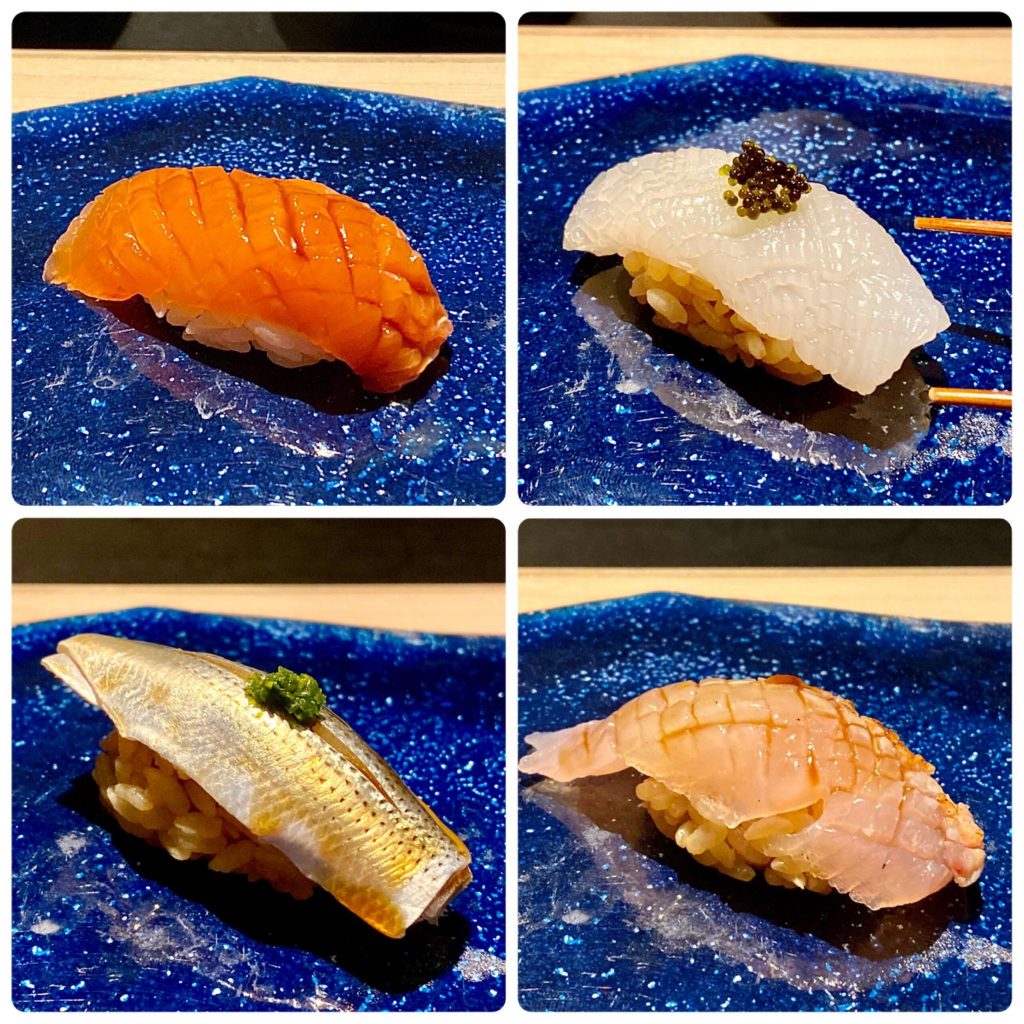
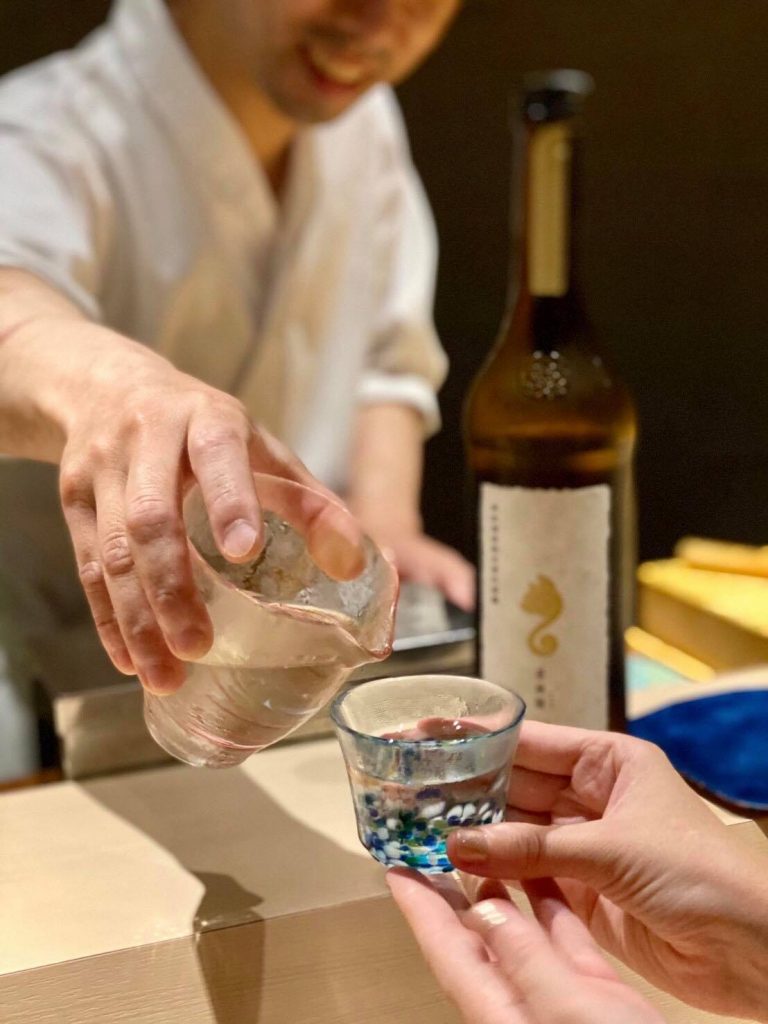
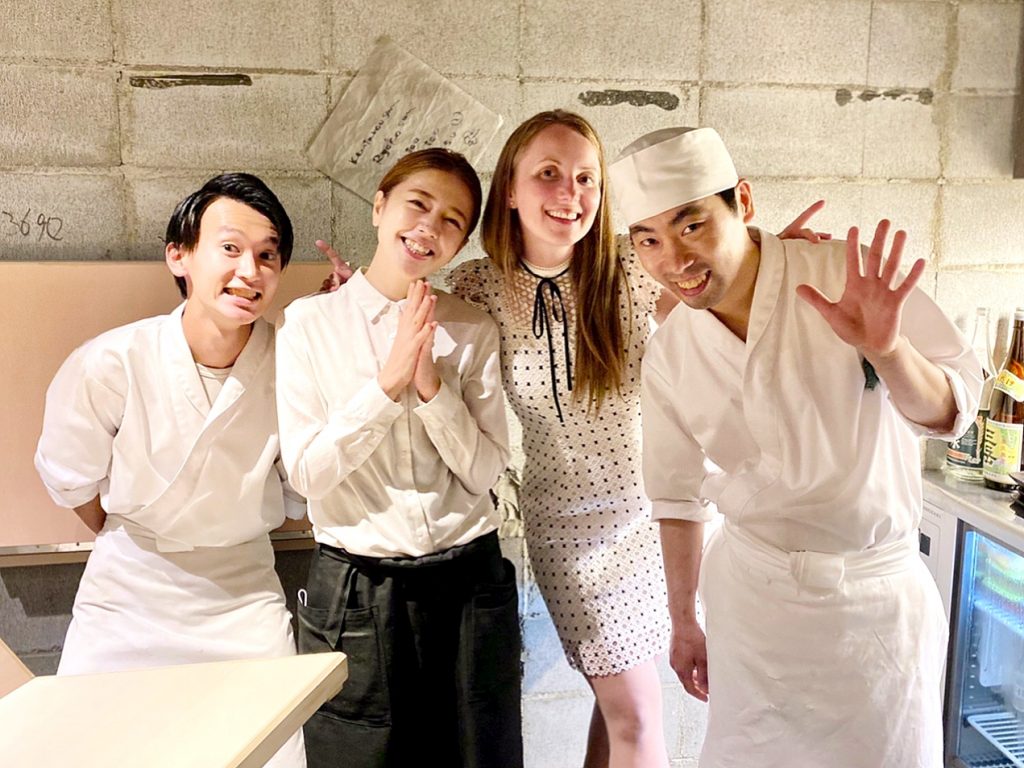



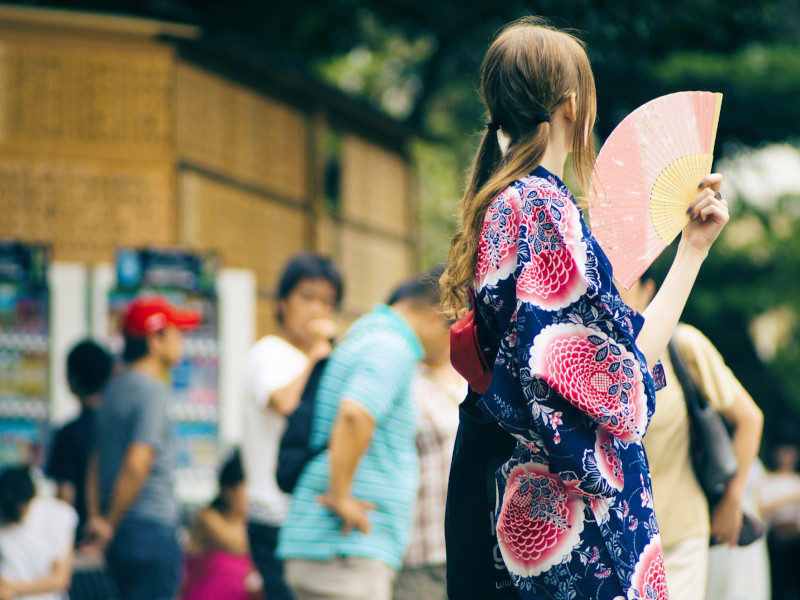

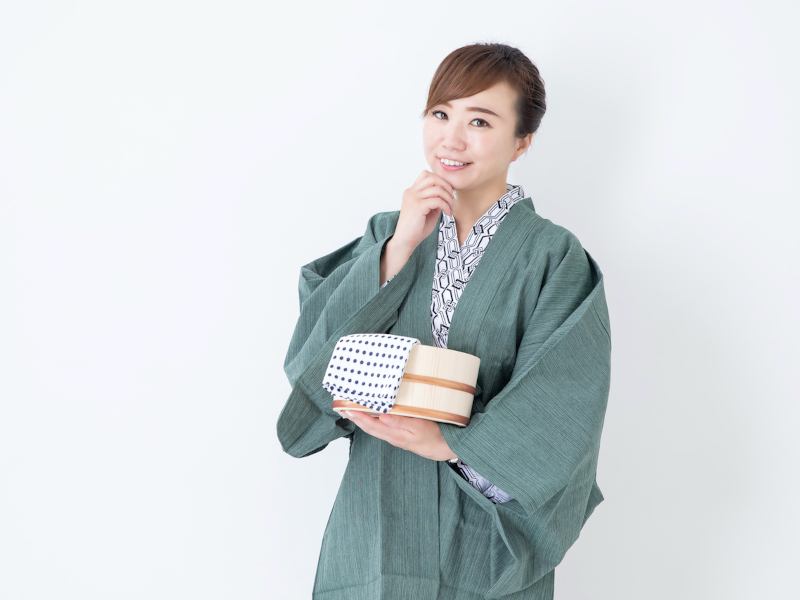
Originally from the Czech Republic, Suzanka is a Kansai based radio personality, MC, and consular officer. You will either find her endlessly talking on the stage, deep in discussion at the Honorary Consulate of the Czech Republic in Sakai, or just enjoying a rewarding sake at the local izakaya with a bunch of her international friends.